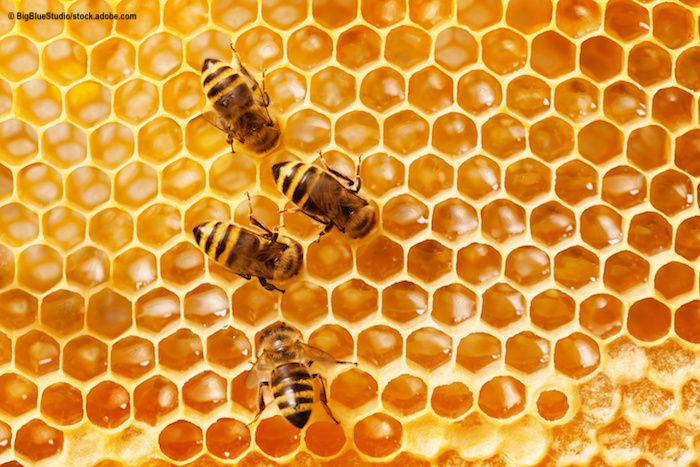- COVID-19
- Biosimilars
- Cataract Therapeutics
- DME
- Gene Therapy
- Workplace
- Ptosis
- Optic Relief
- Imaging
- Geographic Atrophy
- AMD
- Presbyopia
- Ocular Surface Disease
- Practice Management
- Pediatrics
- Surgery
- Therapeutics
- Optometry
- Retina
- Cataract
- Pharmacy
- IOL
- Dry Eye
- Understanding Antibiotic Resistance
- Refractive
- Cornea
- Glaucoma
- OCT
- Ocular Allergy
- Clinical Diagnosis
- Technology
This woman had *what* living in her eye?!
“THE BEEEEEEEES!”-Nicolas Cage

Every now and then we catch wind of a seemingly implausible eye-related story, but here's one that really threw us for a loop:
Per the The Washington Post, a 29-year-old woman from Taiwan checked into the Fooyin University Hospital because her eye seared with pain and was swollen shut. The woman, referred to by her last name, He, attributed her pain to an infection, but it was something much more…buzzier.
Hung Chi-ting, who is the hospital’s head of ophthalmology, examined He’s eye with a microscope. The examination revealed her discomfort stemmed not from an infection, but rather…sweat bees. Specifically, four of them, who had taken up residence in her eye socket.
Somehow, this story gets worse!
Chi-ting removed all four living sweat bees and found they had survived by consuming the salt from the woman’s tears. Zoinks Scoob! How did four living sweat bees end up in a woman’s eye?
The mystery wasn’t hard to solve: According to He in an interview with Business Insider Singapore, she had observed the Qingming Festival (which is known as Tomb Sweeping Day) the day prior. At the gravesite, she felt something come into contact with her eye, but she assumed it was only dirt. It wasn’t until later, when her symptoms flared up, did she suspect something was wrong.
It’s worth noting that, according to He, sweat bees live in mountainous areas or gravesites, so it’s not surprising this freak event occurred.
In a quote obtained by The Washington Post, Matan Shelomi, an associate professor of entomology at National Taiwan University, remarked, “They don’t seem to be bothered by people, so they will go to any source of salt.”
"I think they’re kind of dumb if they come to humans for their salt. They haven’t figured out what we are,” he said.
Luckily, He made a full recovery and her vision was not damaged. Doctors praised the fact that she refrained from rubbing her eye during her nightmare situation.
Surprisingly, even the bees got a happy ending: Unharmed from the trauma of their ordeal, the bees will be studied in a lab for further research, according to Hung.
